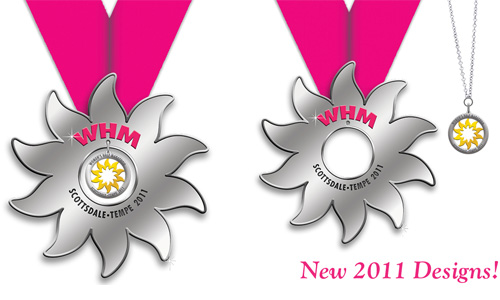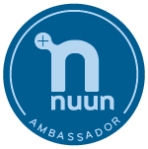Several weeks ago I wrote about a new weapon in my training regimen: fascial stretch therapy. I have noticed some amazing results thus far, so I wanted to provide a little update on what has it done for me up to this point.
I started off getting the fascial stretch therapy twice per week (one hour sessions) for two weeks. According to the therapist, this frequency would help flush out all the build up in my muscles, fascia, and ligaments and restore me to where I should be. Since those initial two weeks, I’ve been going once per week. After the old kinks were worked out, once-per-week sessions would help build improvements in my muscles and ligaments. After four weeks of that, I’ll be down to “maintenance” sessions and can go in anytime I feel the need for some stretching or to simply maintain what we’ve worked on.
The biggest result I’ve noticed so far is that I’m less sore and less stiff. You know the feeling, particularly after a long run, when your body is stiff and sore for a few days? Gone. I had a 22-miler a week ago and expected to be really sore the next day. I woke up and felt completely fine – no soreness and no stiffness.
Another huge benefit of the stretch therapy has been a feeling of being balanced. Because I have mild scoliosis, the right side of my body is always a bit tighter than the left side. In the past I believe this has led to several of my injuries because it can throw off my gait and cause me to overcorrect while I’m running. My stretch therapist always works on this and I always leave feeling balanced again.
One of the biggest benefits of stretch therapy touted to me was a gain in speed. I PR-ed in the half-marathon I did a few weeks ago, so I am giving stretch therapy some of that credit. Of course, hard work also plays a big role. The real test of speed will come in less than two weeks when I run the Tuscon marathon. Stay tuned…











